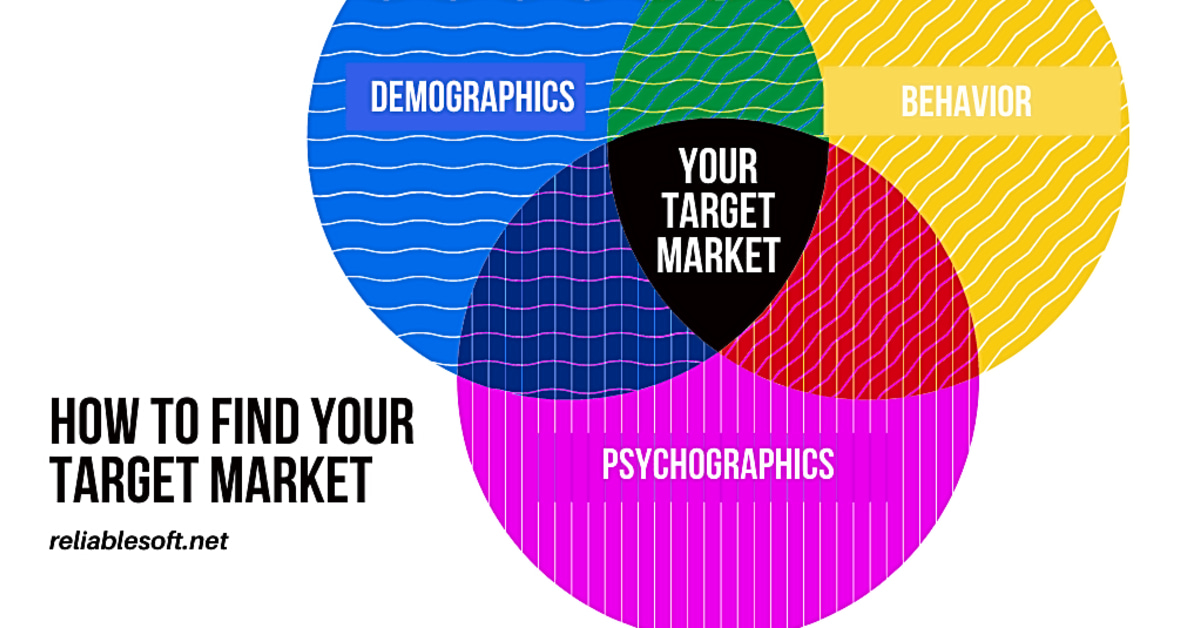Welcome to our article on how to effectively define your target audience and demographics for successful online marketing! In today’s digital age, it is crucial for businesses to have a deep understanding of who their target audience is and what their demographics are. This knowledge allows companies to tailor their marketing strategies and messages to resonate with their intended audience, leading to higher engagement and conversion rates. In this article, we will explore the importance of defining your target audience and demographics, and provide you with practical tips on how to do so. Whether you are just starting out or looking to improve your current marketing efforts, this article is for you. So, let’s dive in and learn how to optimize your paid advertising through targeting and optimization strategies for maximum success!
To begin, it’s important to understand the main search intent of those seeking information on marketing strategies. Typically, these individuals are looking for ways to promote their business online and attract customers. This may include tactics for increasing brand awareness, driving website traffic, and boosting sales. Some may be specifically interested in social media or content marketing, while others may be seeking information on SEO or paid advertising. By addressing these specific areas of interest, you can better capture the attention of your target audience and provide them with valuable information.
Defining your target audience and demographics is a crucial step in developing a successful online marketing strategy. By understanding who your audience is, you can tailor your efforts to effectively reach and engage potential customers. This involves researching the demographics of your target market, such as age, gender, income level, location, and interests. By gathering this information, you can create targeted campaigns that are more likely to resonate with your audience.
Another important aspect of defining your target audience is understanding their needs and pain points. What challenges do they face? What motivates them to make a purchase? By knowing these factors, you can craft messaging that speaks directly to their needs and positions your product or service as the solution they’ve been searching for.
Once you have a clear understanding of your target audience, it’s important to also define your demographics. This includes factors such as age, gender, education level, income, occupation, and more. These demographics can help you further narrow down your target audience and create more specific campaigns that are tailored to their characteristics.
When it comes to online marketing, there are various strategies that businesses can use to reach their target audience and demographics. Social media marketing is a popular option for businesses looking to connect with their audience on platforms such as Facebook, Instagram, Twitter, and LinkedIn. Content marketing, on the other hand, involves creating valuable and informative content that attracts and engages potential customers. SEO, or search engine optimization, is another important aspect of online marketing, as it helps businesses rank higher in search engine results and reach more of their target audience.
Paid advertising is also a crucial component of online marketing, as it allows businesses to target specific demographics and audiences through platforms such as Google Ads, Facebook Ads, and LinkedIn Ads. By understanding your target audience and demographics, you can create highly targeted and effective ad campaigns that are more likely to convert.
In conclusion, defining your target audience and demographics is a crucial step in developing a successful online marketing strategy. By understanding who your audience is and what they are looking for, you can tailor your efforts to effectively reach and engage potential customers. This involves researching the demographics and needs of your target market, as well as utilizing various online marketing strategies to connect with them. With a strong understanding of your target audience and demographics, you can position your business for success in today’s digital age.
Creating Buyer Personas
Buyer personas are fictional representations of your ideal customers based on demographic and psychographic data. These personas can help you understand your audience on a deeper level and tailor your marketing efforts accordingly.
Identifying Your Target Audience
To effectively market to your audience, you must first identify who they are. This includes their age, gender, location, interests, and behaviors. You can gather this information through market research, surveys, and analyzing website data.
Optimizing for SEO
Search engine optimization (SEO) is essential for increasing website traffic and attracting potential customers. By using relevant keywords and creating quality content, you can improve your website’s ranking on search engines and be more visible to your target audience.
Utilizing Social Media
Social media is a powerful tool for reaching and engaging with your target audience. By understanding which platforms your audience is most active on, you can create targeted campaigns and content that resonates with them. Utilizing social media allows you to connect with your audience in a more personal and interactive way, which can lead to increased brand awareness and customer loyalty.
Implementing Paid Advertising
use HTML structure with paid advertising only for main keywords and
Paid advertising, such as Google AdWords or social media ads, can be an effective way to reach a specific audience. By targeting your ads based on demographics and interests, you can ensure that your message is seen by those most likely to be interested in your business.
Defining Your Demographics
When it comes to effective online marketing, understanding your target audience and their demographics is crucial. Demographic data, such as income level, education level, occupation, and marital status, can provide valuable insights into the purchasing power and preferences of your audience. By defining your demographics, you can create targeted and personalized marketing strategies that are more likely to resonate with your target audience. This not only helps you attract potential customers but also increases the chances of converting them into loyal customers.
In order to define your demographics, you can start by conducting market research and analyzing your existing customer base. This will give you a better understanding of who your current customers are and what demographic factors they have in common. You can also use tools like Google Analytics to gather data on the demographics of your website visitors.
Once you have a clear idea of your target audience’s demographics, you can use this information to create buyer personas. These are fictional representations of your ideal customers based on the demographic data you have collected. This allows you to tailor your marketing efforts and messaging to better appeal to your target audience.
In addition to demographic data, it’s important to consider other factors such as psychographic data (values, attitudes, interests) and behavioral data (online behavior, purchase history). By combining these different types of data, you can create a more comprehensive understanding of your target audience and their preferences.
Ultimately, defining your demographics allows you to create a more targeted and effective marketing strategy that resonates with your audience and drives results for your business. So don’t overlook the importance of understanding your target audience’s demographics when it comes to successful online marketing.
Defining your target audience and demographics is crucial for successful online marketing. By understanding who your audience is and what they are looking for, you can tailor your strategies to effectively reach and engage potential customers. Remember to constantly analyze and adjust your tactics to ensure you are effectively reaching your target audience.



